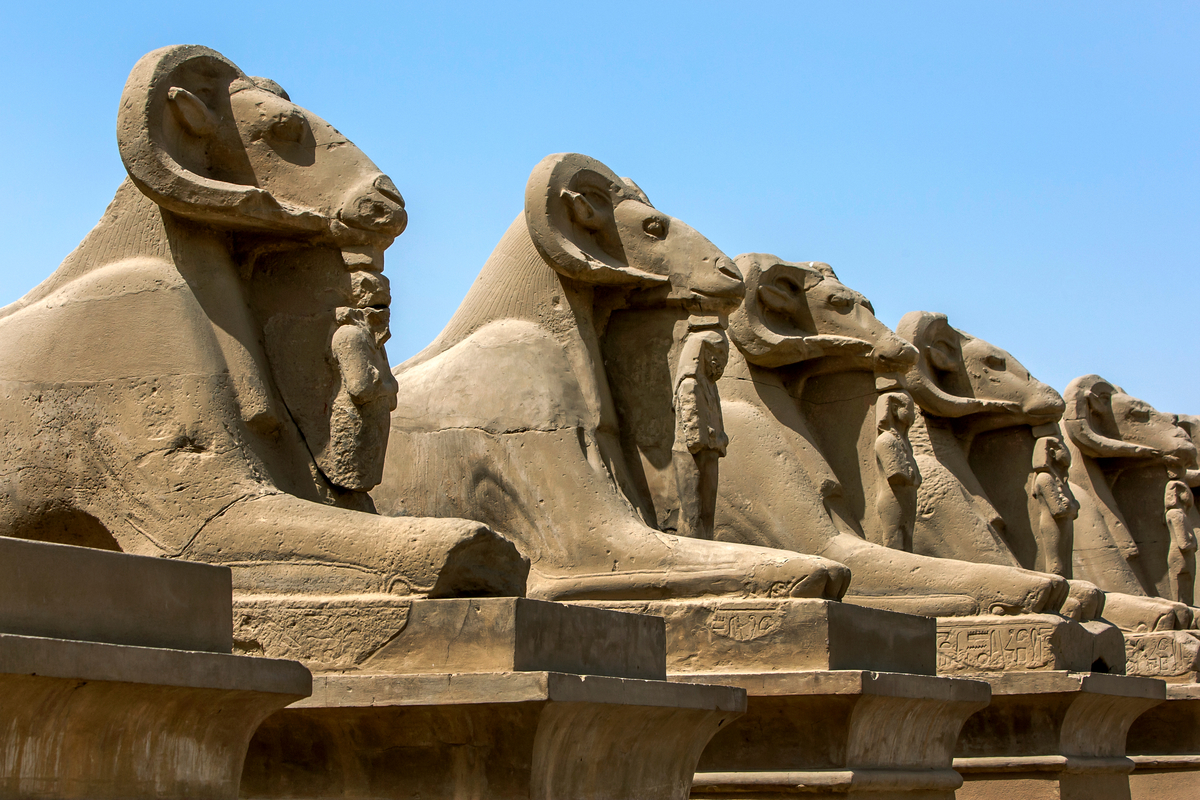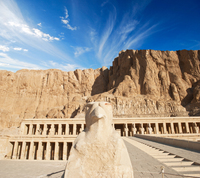Ta-Kheru's World
Ta-Kheru was born around 750 BC, the daughter of an aristocratic Egyptian family in a world where Egypt was a major power. From the inscriptions on her coffin we know that her father was Tja-en-Waset, an official at the royal court. ‘Waset’ is the ancient name for the city of Thebes.
Thebes, now called Luxor, lies on the Nile around 800km inland from the Mediterranean. It was an important political and religious centre and the main ritual place for worshippers of the god Amun.
Either shortly before Ta-Kheru’s birth or during her lifetime, the city of Thebes was invaded by Piye, the ruler of the kingdom of Kush on the Upper Nile to the south. Piye’s successors secured control of the whole of Upper and Lower Egypt from the Cataracts of the Nile to the Mediterranean, and the Kushite kings ruled from Memphis while maintaining power in Thebes as their second city.
The kingdom of Assyria to the north-east (in what is now Syria, Lebanon, and Israel), was a powerful neighbour and rival of the Kushite kings, and was often at war with Egypt. Although Ta-Kheru was probably born and lived her life in Thebes, her name means ‘The Syrian’. It may be that her mother or grandmother was a prisoner of war.
Other major powers at the time were the Phoenician cities along the Mediterranean and North African coasts, the kingdom of Punt in modern Eritrea and southern Yemen, Babylon in modern Iraq, and the city states of Ancient Greece. Rome was just a small village, founded about the time Ta-Kheru was born.
Osteologists have estimated that Ta-Kheru died when she was in her late 60s or early 70s



